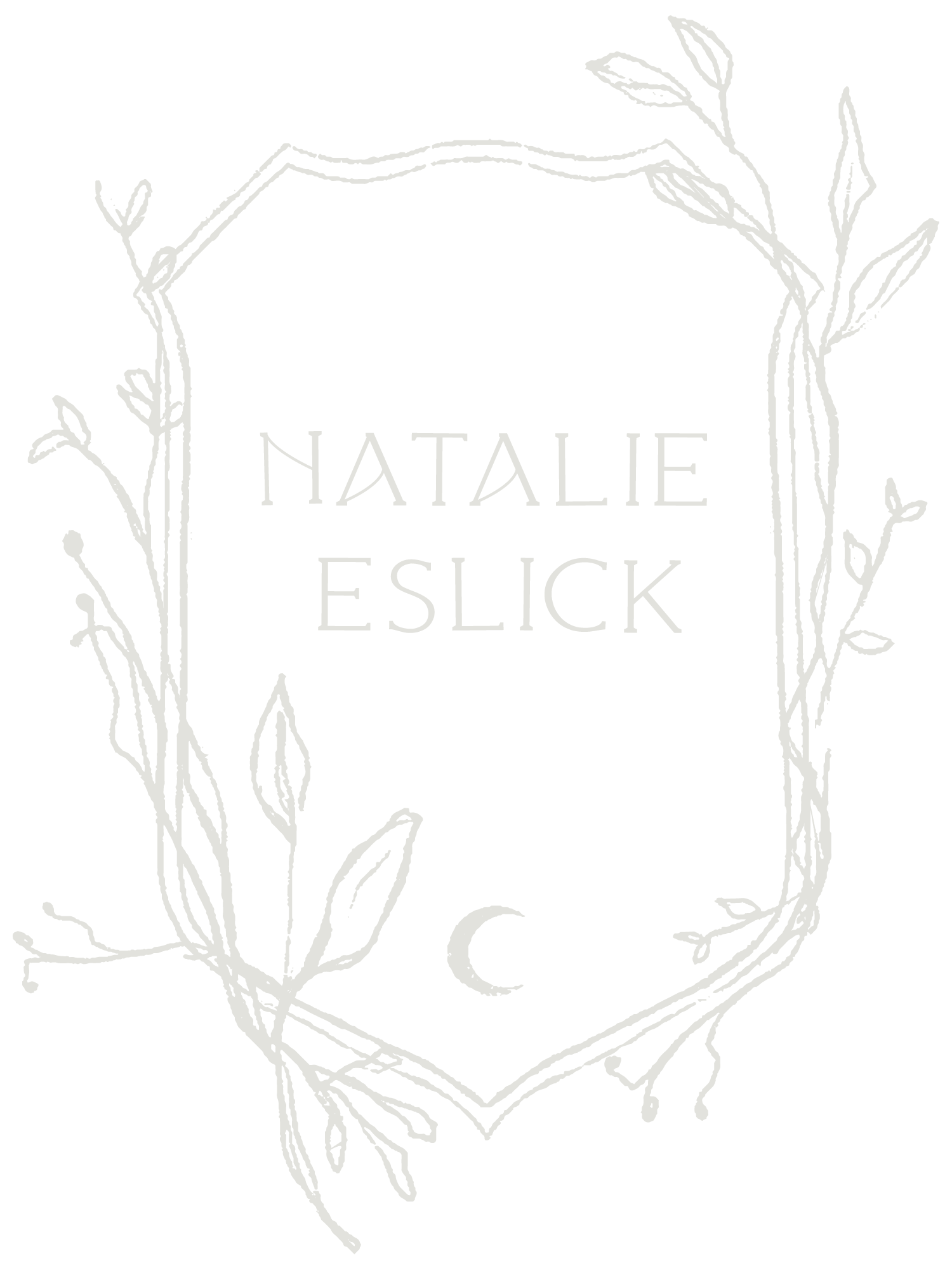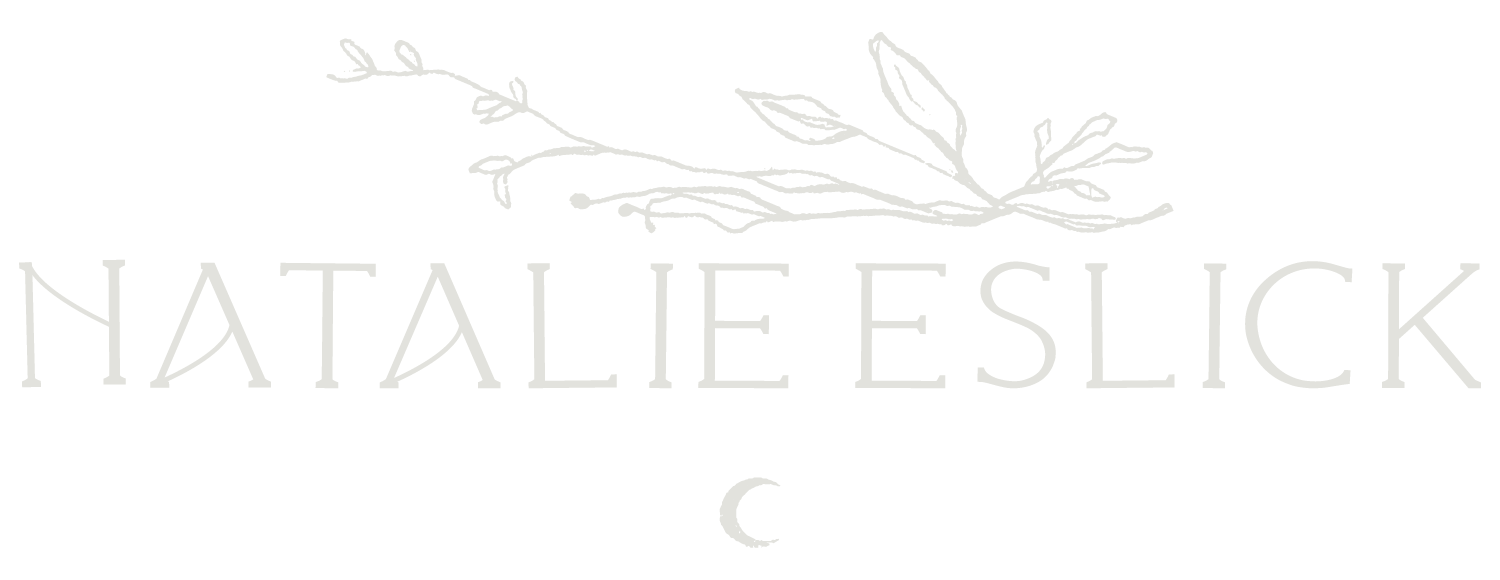The Wild Sketchbook
Links to the reference photos for these tutorials can be found at the bottom of the page
Master copy of Albrecht Dürer
’Wing of a Blue Roller’ 1512
in watercolour
I am so excited to do this master study! This is a painting that I have long admired but never attempted a study of, and now, having done so, I want to study more of his work in a very intentional and intricate way. There is so much to learn!
In the ‘about’ video I will walk you through the project, which I have actually approached with a very open beginner’s mind, because it was new to me, I haven’t used watercolour for about a year, and there was an internal voice of overwhelm that I could never do a study of this incredible work any justice.
But that is not the point is it? There is no grading. There is nothing to prove. There is only a willingness to be in awe of another artist’s curiosity and skill, and to look at it closely in the hopes of learning something that I can bring into my own practice.
And I can assure you I really did learn a lot in this session.
I was challenged, I allowed my curiosity, compassion, and courage to support me through the challenging parts, and that opened up the joy that comes with exploration and play (and a genuine love of getting to observe the intricacies of nature).
So my thanks to you, if I had not wanted to make this course for you, and include this sort of study in it, I may never have taken the time to learn from Albrecht Dürer!
I hope you get the same expansive growth that comes with challenge and practise too. Give yourself lots of compassion, allow yourself to be so very curious and full of wonder, and know that we are all exploring (and being challenged) right along with you as we take this journey of reverence and reciprocity and make the world a more beautiful place.
You can find the graphite study here:
REMEMBER: The exact supplies themselves don’t matter,
it is you that makes the magic!
For this study I used a graphite pencil, a Micron black ink pen, watercolours in ultramarine blue, hansa yellow, burnt sienna, raw umber, paynes grey, quinacridone gold, pyrrol scarlet, pthalo blue and pthalo green, and white gouache. You could do the same (with a little more mixing, and slight variation in effect) with just the blue, yellow, red, and umber.




